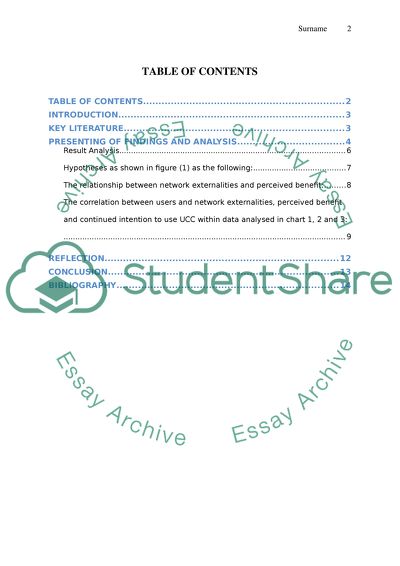Cite this document
(The Relationship between Networks Assignment Example | Topics and Well Written Essays - 4215 words, n.d.)
The Relationship between Networks Assignment Example | Topics and Well Written Essays - 4215 words. Retrieved from https://studentshare.org/information-technology/1595174-research-methods-individual-report
The Relationship between Networks Assignment Example | Topics and Well Written Essays - 4215 words. Retrieved from https://studentshare.org/information-technology/1595174-research-methods-individual-report
(The Relationship Between Networks Assignment Example | Topics and Well Written Essays - 4215 Words)
The Relationship Between Networks Assignment Example | Topics and Well Written Essays - 4215 Words. https://studentshare.org/information-technology/1595174-research-methods-individual-report.
The Relationship Between Networks Assignment Example | Topics and Well Written Essays - 4215 Words. https://studentshare.org/information-technology/1595174-research-methods-individual-report.
“The Relationship Between Networks Assignment Example | Topics and Well Written Essays - 4215 Words”, n.d. https://studentshare.org/information-technology/1595174-research-methods-individual-report.


